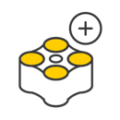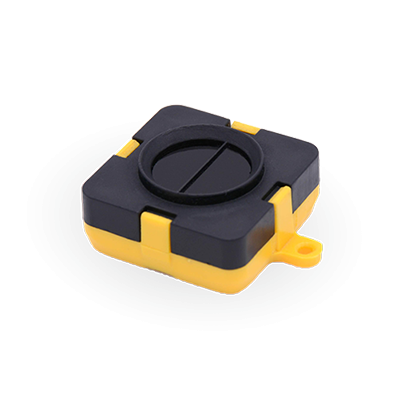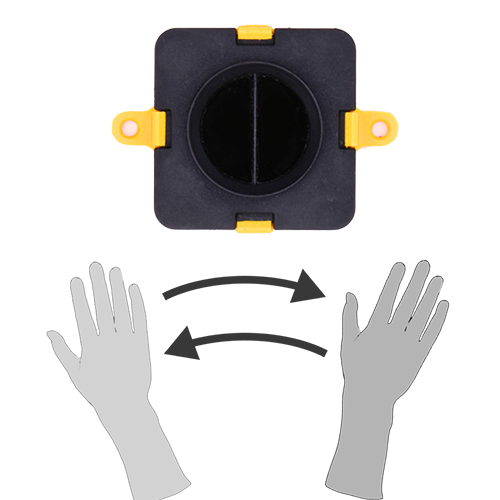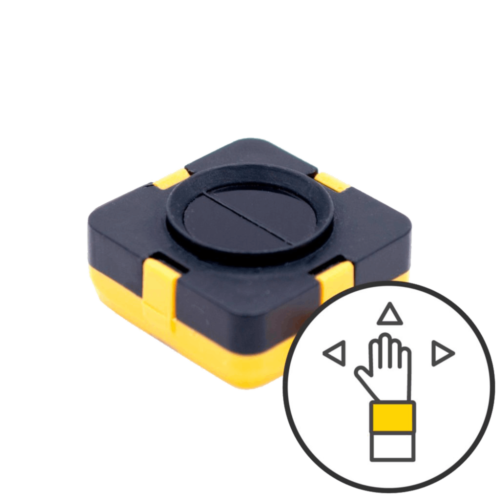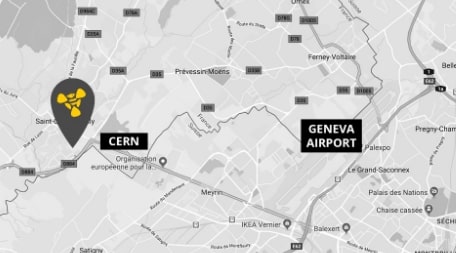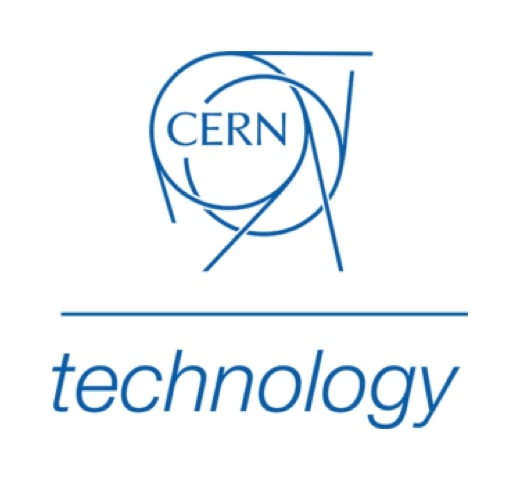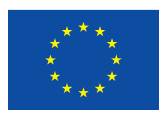COVID products - Customer & partner stories - Technology insights
Mitigating Infection Risk from Touchscreens with Time of Flight Gesture Recognition
Touchscreens are found in countless public places, as well as in more controlled environments such as research labs and hospitals. These touchscreens present a real opportunity for infectious pathogens to transfer from one person to another.
Within this article, we look at how diseases are transmitted via touchscreens. We then explore how substituting touchscreen controls for touchless gesture recognition - via the affordable Time of Flight (ToF) sensor technology - can help to mitigate this risk.
The increasing prevalence of touchscreens in our day to day lives means they are developing into a disease vector of ever-increasing proportions.
Touchscreen technology is a straightforward, cost-effective, do-it-yourself option for a wide range of tasks that were formerly undertaken by human beings. A few examples include:
• Ticket machines in train stations and cinemas
• Airport check-in desks
• Reception desks in offices and hotels
• Self-checkouts in supermarkets
Empowering customers to perform these tasks via touchscreen expedited routine activities and offers convenience for both customers and companies, in most cases, at least.
This increased convenience is not without its downsides and these screens can become home to a wealth of viruses and bacteria which accumulate via thousands of unwashed fingers, allowing them to be effectively spread between users.
The increasing prevalence of touchscreens in our day to day lives means they are developing into a disease vector of ever-increasing proportions.
Touchscreen technology is a straightforward, cost-effective, do-it-yourself option for a wide range of tasks that were formerly undertaken by human beings. A few examples include:
• Ticket machines in train stations and cinemas
• Airport check-in desks
• Reception desks in offices and hotels
• Self-checkouts in supermarkets
Empowering customers to perform these tasks via touchscreen expedited routine activities and offers convenience for both customers and companies, in most cases, at least.
This increased convenience is not without its downsides and these screens can become home to a wealth of viruses and bacteria which accumulate via thousands of unwashed fingers, allowing them to be effectively spread between users.
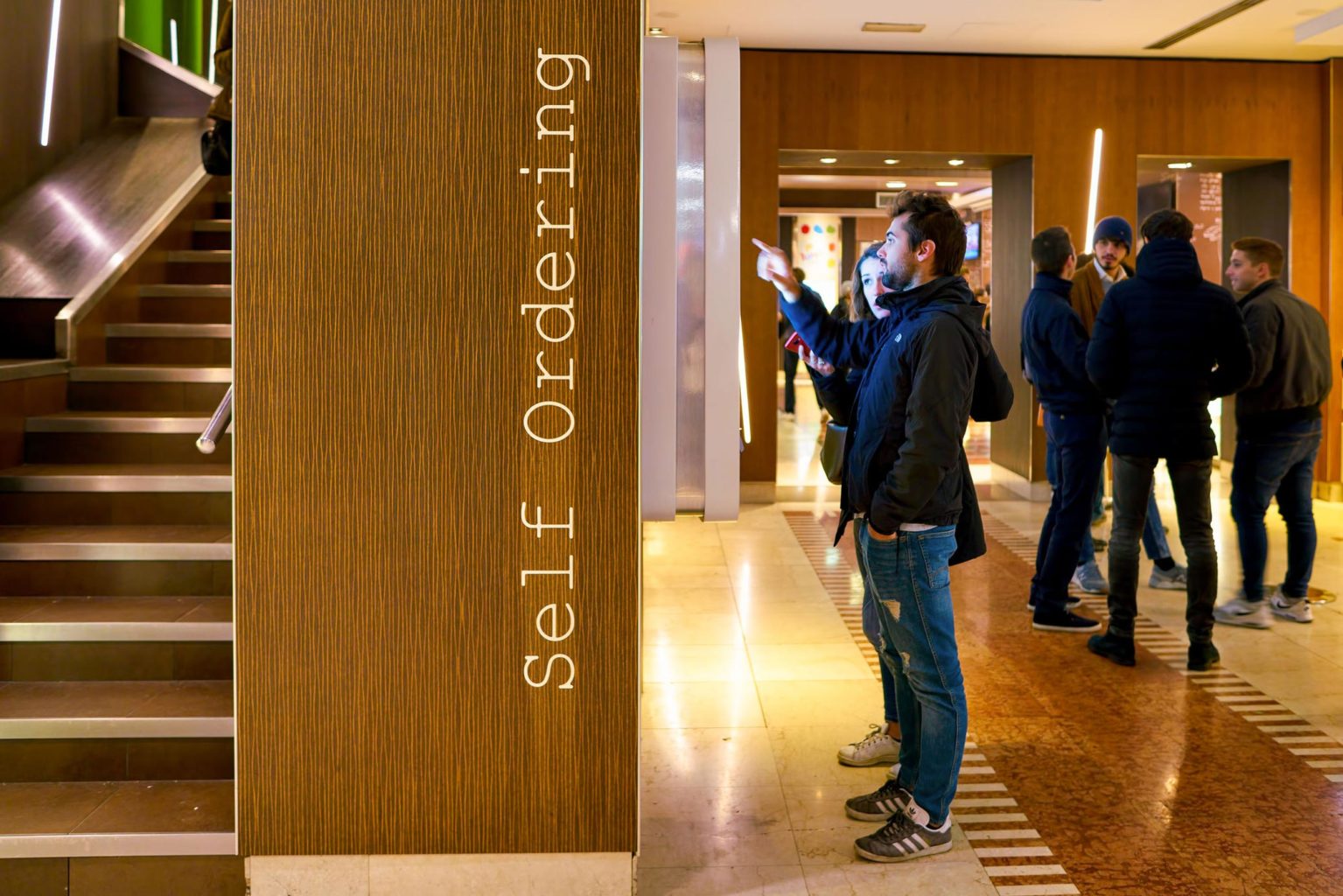
This risk becomes even more evident when we consider touchscreens in locations where hygiene is of considerable importance; a key example being fast-food restaurant chains that employ touchscreens to facilitate ordering in many branches.
While we may not automatically be concerned about touching such a screen and then eating fast-food with our hands, research from 2018, published by London Metropolitan University really highlighted this issue, sharing the list of harmful and infectious bacteria found on the touch screens in nearby McDonald’s restaurants. This included staphylococcus, which can bring about severe symptoms if ingested.
While the screens were routinely cleaned, it would be unrealistic to expect this to be done after every single use. With one particular study of 3,749 adults in an American college town suggesting that 43% of people do not wash their hands with soap following a trip to the bathroom, thorough hygiene control of a touchscreen in this setting is practically impossible.
While we may not automatically be concerned about touching such a screen and then eating fast-food with our hands, research from 2018, published by London Metropolitan University really highlighted this issue, sharing the list of harmful and infectious bacteria found on the touch screens in nearby McDonald’s restaurants. This included staphylococcus, which can bring about severe symptoms if ingested.
While the screens were routinely cleaned, it would be unrealistic to expect this to be done after every single use. With one particular study of 3,749 adults in an American college town suggesting that 43% of people do not wash their hands with soap following a trip to the bathroom, thorough hygiene control of a touchscreen in this setting is practically impossible.
Touchscreens are also regularly in use within healthcare environments such as hospitals and pharmacies. The importance of infection control in these environments means that they are cleaned regularly and meticulously, but even a single lapse in touchscreen hygiene control could have dire consequences.
It is also worth noting that there is evidence to suggest that frequent cleaning of touchscreens with bactericidal agents can cause damage to them.
Our usual responses to these risks are proportional to the seriousness of the infection risk within a particular setting. A touchscreen in a train station or hotel may only be cleaned on a fluctuating basis, but these are unlikely to pose a higher risk than, for example, an elevator button or handrail.
Touchscreens in use in more controlled environments such as restaurants are considered a higher risk, so these are naturally cleaned more frequently. Additionally, touchscreens in medical settings are normally cleaned often and systematically.
Our usual responses to these risks are proportional to the seriousness of the infection risk within a particular setting. A touchscreen in a train station or hotel may only be cleaned on a fluctuating basis, but these are unlikely to pose a higher risk than, for example, an elevator button or handrail.
Touchscreens in use in more controlled environments such as restaurants are considered a higher risk, so these are naturally cleaned more frequently. Additionally, touchscreens in medical settings are normally cleaned often and systematically.

Within these kinds of environments, the best way to help reduce the threat posed by touchscreens would be to replace the touchscreen systems with an equally usable solution that does not involve the need for physical contact. Simple gesture recognition via low-cost sensors may be one such option.
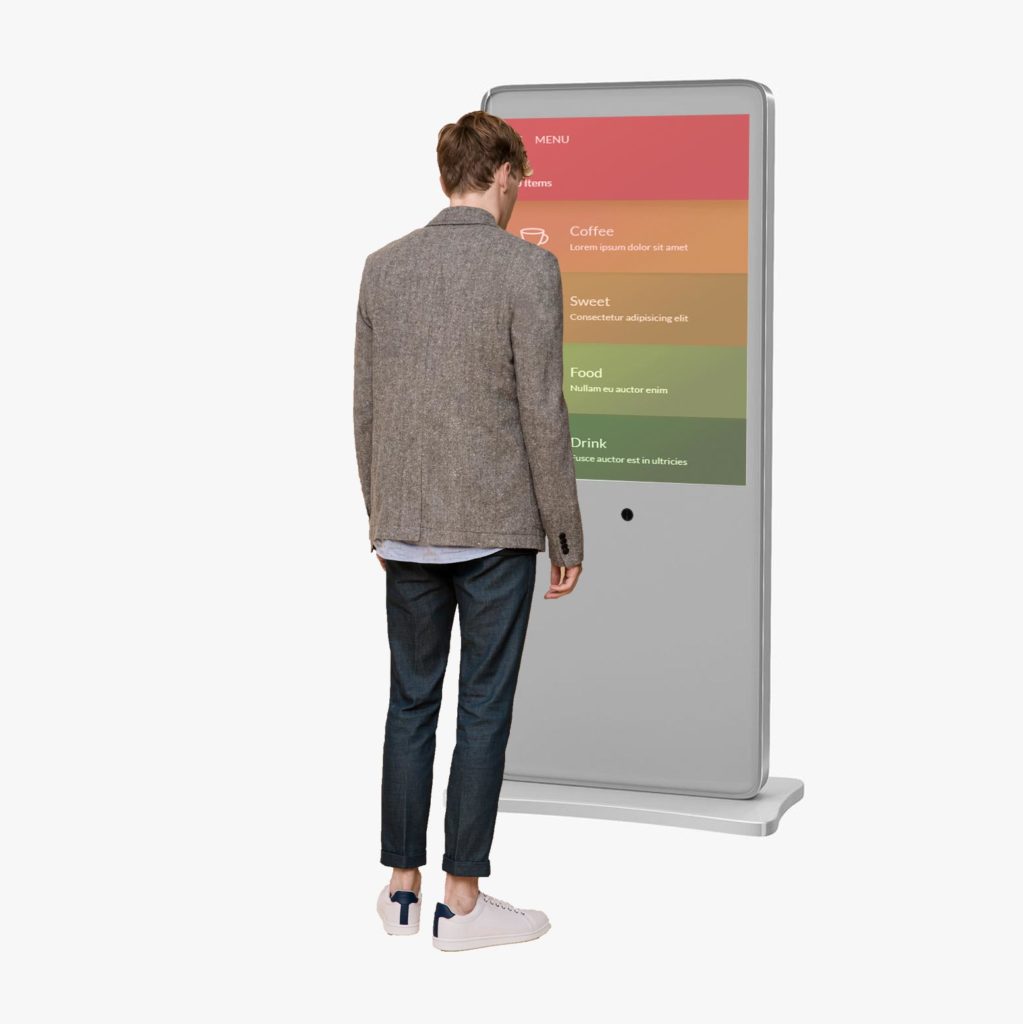
Gesture Recognition as an Alternative to Touchscreen Technology
Gesture recognition is an evolving technology, but not one that is commonplace just yet. Gesture recognition research aims to deliver inexpensive technologies that can interpret human gestures, allowing for easy, non-contact interfacing with technology.
This technology could provide a considerable advantage for applications where touchscreens are normally used. If we consider the examples mentioned previously, the implementation of simple gesture recognition as an alternative to touchscreens would not only reduce infection hazards, but the use of touchscreens for basic interactions would mean that less expensive, regular screens could be used in their place.
This technology could provide a considerable advantage for applications where touchscreens are normally used. If we consider the examples mentioned previously, the implementation of simple gesture recognition as an alternative to touchscreens would not only reduce infection hazards, but the use of touchscreens for basic interactions would mean that less expensive, regular screens could be used in their place.
Screen Activation Based on People Presence in Close Proximity
The installation of gesture recognition technology can present further advantages. Gesture sensors can function as proximity sensors, prompting devices to switch on when a user is present in front of the device and switch off when they move away or there are no users present. This not only offers energy savings, but the content displayed can also be tailored to respond to movement and presence.
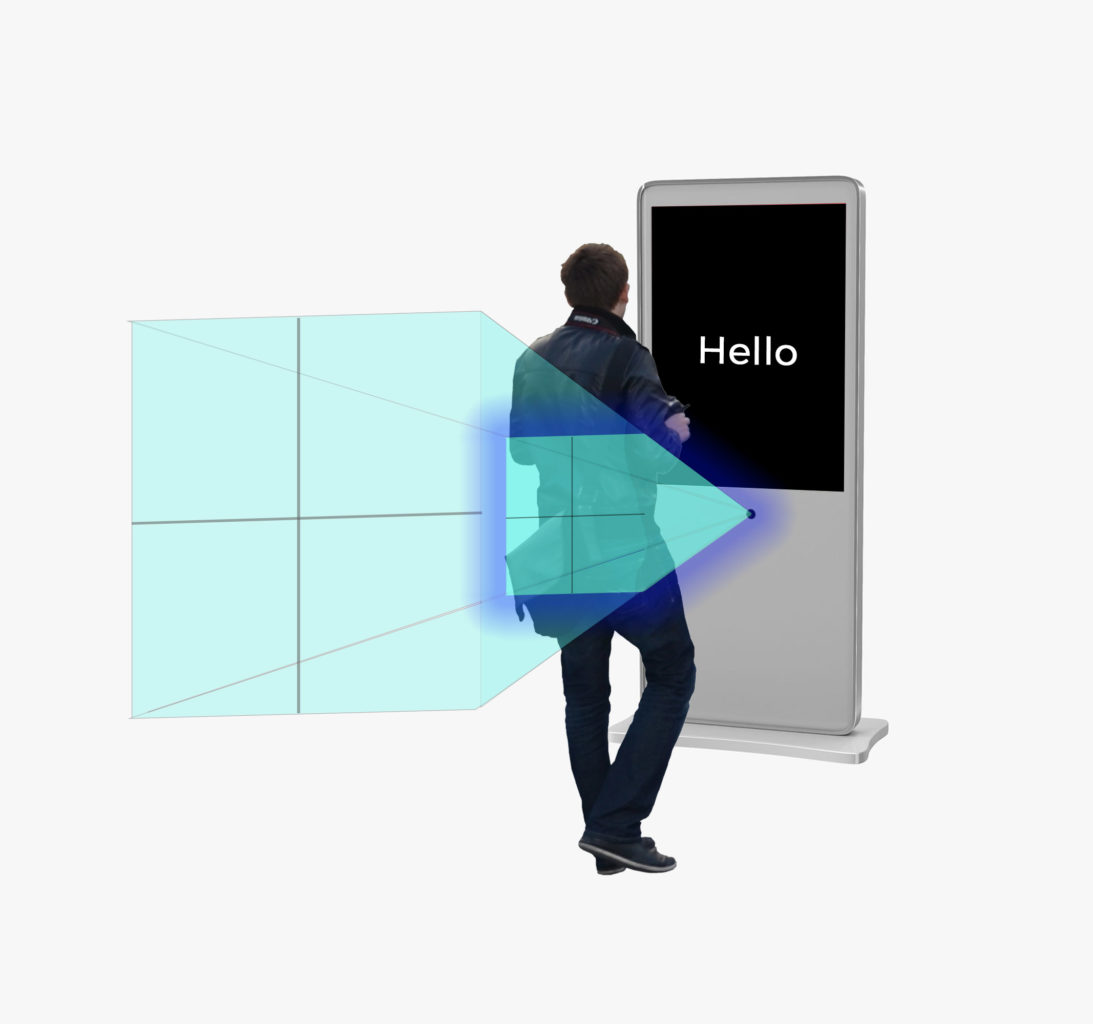
ToF Technology for Inexpensive, GDPR compliant and Simple Gesture-Sensing
Much gesture recognition research concentrates on computer vision techniques and advanced image processing, using these to deduce gestures captured with ordinary cameras. Unfortunately, this work is often complicated, with numerous methods implementing a machine-learning approach, requiring substantial computational power to successfully interpret images.
Time-of-Flight (ToF) technology provides a leaner and less computationally demanding solution to basic gesture recognition. Time-of-Flight sensors function by emanating a beam of invisible infrared light then quantifying the amount of time taken for the light to reflect off a target and return to the sensor. By obtaining an accurate measurement of this, the sensor can build up a rudimentary 3D image of the environment in front of it.
Infrared ToF performs well at short range, allowing the possibility to easily capture relevant gesture information with no need for the computationally demanding processing necessary to interpret conventional 2D or 3D camera images.
Time-of-Flight (ToF) technology provides a leaner and less computationally demanding solution to basic gesture recognition. Time-of-Flight sensors function by emanating a beam of invisible infrared light then quantifying the amount of time taken for the light to reflect off a target and return to the sensor. By obtaining an accurate measurement of this, the sensor can build up a rudimentary 3D image of the environment in front of it.
Infrared ToF performs well at short range, allowing the possibility to easily capture relevant gesture information with no need for the computationally demanding processing necessary to interpret conventional 2D or 3D camera images.
Tredecile, the sensor manufacture company, has created gesture sensing systems which can operate alongside their series of inexpensive distance sensors, including the TeraRanger Evo Mini.
These modular ToF sensors have been developed to be as flexible, lightweight and precise as possible, ensuring that they can provide an efficient gesture-sensing solution at a price point that is retail-compatible.
These modular ToF sensors have been developed to be as flexible, lightweight and precise as possible, ensuring that they can provide an efficient gesture-sensing solution at a price point that is retail-compatible.
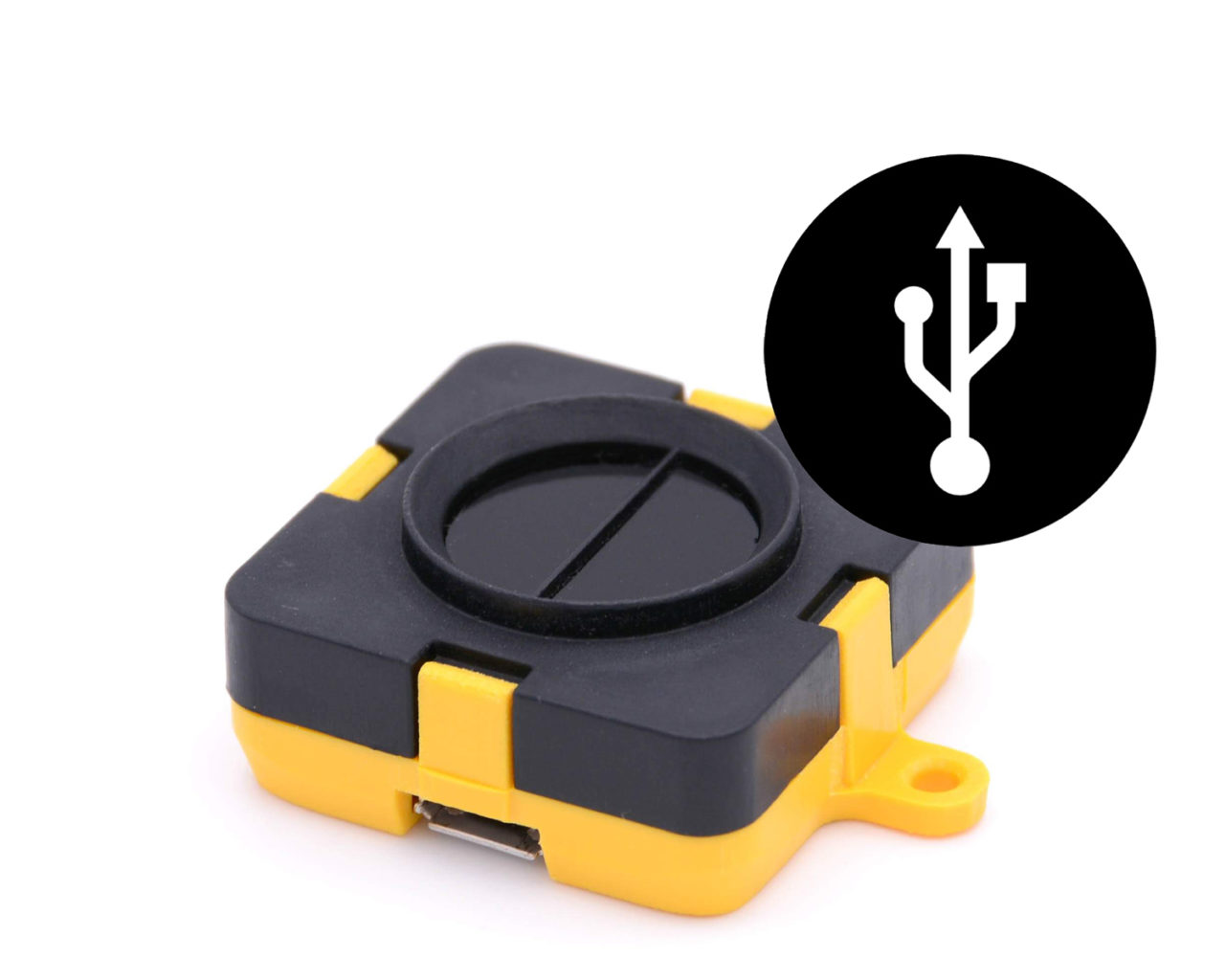
Innovation in Gesture Recognition Technology
Our leading ToF sensors can easily distinguish between noise and real interaction, retaining full functionality in both low light and total darkness. Tredecile sensors have been developed for optimum compatibility with other technologies as standard, with UART and USB interfaces included, and nearly infinite possibilities for integration with other systems.
Tredecile’s engineers possess a deep understanding of sensor technologies and our applications, and we can use this expertise to design custom sensing solutions for any application.
Contact us directly if you would like to order a sample, or to find out about developing a bespoke contactless gesture-sensing solution.
Contact us directly if you would like to order a sample, or to find out about developing a bespoke contactless gesture-sensing solution.


